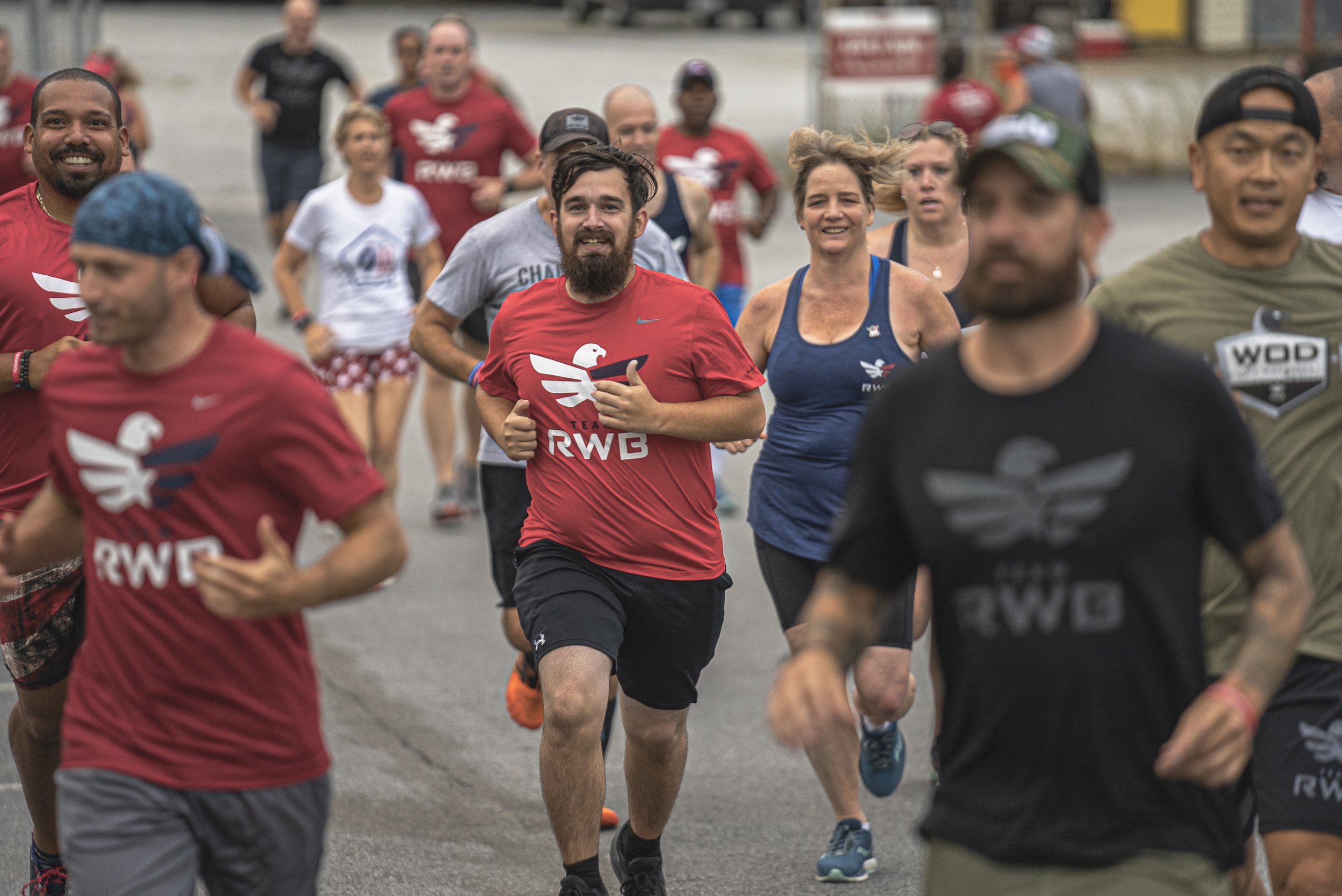How to Prevent Running Injuries
Fact: Runners are more prone to injuries than other athletes. The reason? It’s a combination of the repetitive nature of the activity, a lack of stretching, and a lack of cross-training.
Whether you’re training for a Monthly Mission, your next PFT, or your 1,000th marathon, we’ve got a few tips to help you stay healthy and injury-free on the road, trails, or track.
Here they are:
Stick to a plan and progress slowly.
Choose pace or volume. Not both.
Give your muscles what they need to recover.
Add cross-training to your plan.
Stretch before and after your run.
Let’s take a closer look at each of these tips.
5 Tips to Prevent Running Injuries
Have a plan and progress slowly.
Build your running plan by logging how many miles you complete each week and slowly increase. Whether you start with 5 or 50 miles, a good rule of thumb is not to increase your total mileage by more than 10% each week. Muscles and ligaments need time to adjust to the pounding of running, so adding more than 10% per week could risk injury.
Not sure where to start? Try adding no more than 1 mile to your weekly mileage.
Choose pace or volume. Not both.
Focus on one or the other. If your longest run so far is 5 miles and this week you want to go up to 7, do those 7 miles at a very easy jog before you start to push the pace. First get comfortable with the mileage, then throw in some speed work to take your running to the next level.
Give your muscles what they need to recover.
What you do at the end of your run is just as important as the exercise itself! Focus on these 3 basic recovery boosters:
Hydrate. The first thing you should do post-run is drink water with electrolytes, which help direct the flow of water in and out of your cells, promoting rehydration.
Refuel. Within 30 minutes of finishing your run, take in both protein and carbohydrates to replenish your glycogen stores to help kickstart the muscle repair process.
Breathe. A few minutes of deep relaxing breaths can help trigger a parasympathetic nervous symptom response that puts you into recovery mode right away.
Add cross-training to your plan.
Want to improve your running performance? Consider adding cross-training to your plan.
Swimming is one of the best ways to help your body recover from a long workout. It acts as a massage to promote blood flow and flush lactic acid out of your muscles. Not a swimmer? Cycling is also a fantastic exercise for promoting recovery and building endurance with less impact. Try substituting either swimming or cycling for a run next time you are feeling tired or sore.
Not a swimmer or cycler? No problem. Add some functional strength training or yoga to your plan. They help build muscle strength, endurance, and mobility, too.
Stretch before and after your run.
Many of us blow it off, but stretching helps keep your muscle tissue long and flexible and more resistant to injury. Before you run, it's best to keep the stretches shorter (10 seconds or less) and more dynamic, to wake up your nervous system and warm up your muscles for the work ahead. After a run is when you can hold your stretches longer (30 seconds or more) and move slower as you calm down your nervous system and prepare for rest and recovery.
Want more running tips and inspiration?
Download the Team RWB Member App and join our Running Activity Group. They share training tips and inspiration. Plus, they offer encouragement while you work towards your running goals.


